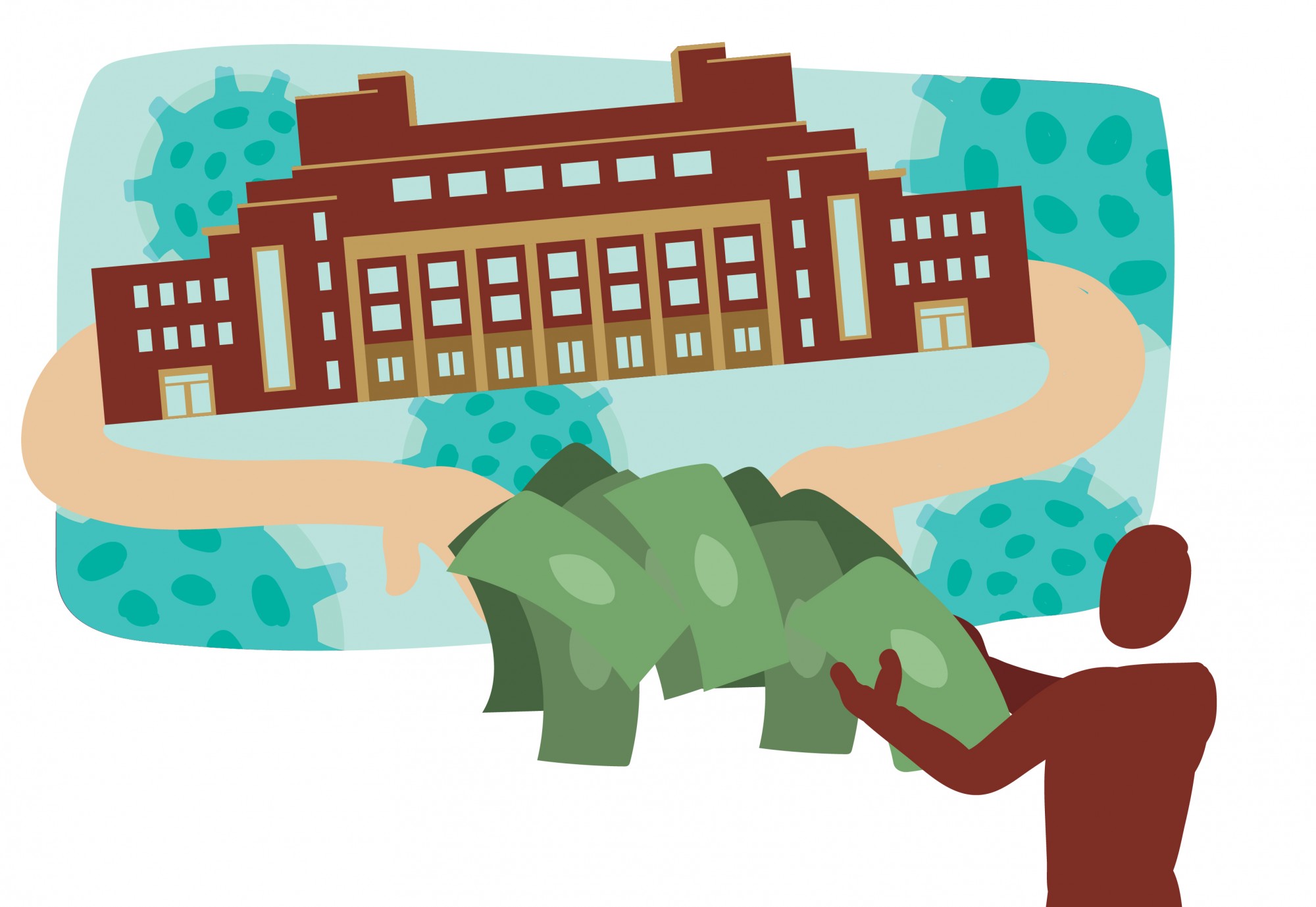University of Minnesota sophomore Nimo Ali works two jobs in the work-study program: the front desk at the Recreation and Wellness Center and a peer-mentoring program.
After the closure of the RecWell and cancellation of in-person meetings with her peer-mentoring group, Ali’s uncertainty about pay increased as she waited for answers.
“For me, overall, I was just very anxious,” she said.
University President Joan Gabel announced late last month that student workers would be included in the emergency leave provision, which allows student workers to be paid in proportion to their normal weekly hours through the end of the semester.
In addition to the University emergency leave, a recent relief bill passed by the state Legislature aims to ensure students continue to receive other forms of aid.
The $330 million bill, signed into law by Gov. Tim Walz on March 28, includes provisions granting temporary powers to the state Office of Higher Education to modify state student loan and grant programs. The legislation would also help students across the state in work-study programs continue to receive payments.
“This was our ability to control what we have control over and to make sure that whatever happens to individual students, wherever they go to school, they will at least know that their financial aid funded by the state [is] handled appropriately and placed in the hands of students,” OHE Commissioner Dennis Olson Jr. said.
The legislation gives the OHE the power to relax interest rates on Student Educational Loan Fund loans offered by the state and suspend payments until September 30, in line with actions by the U.S. Department of Education. Another provision in the bill suspends OHE rules for repayment by state grant recipients affected by COVID-19.
OHE worked with state lawmakers on higher education committees in both chambers to include the provisions in the COVID-19 relief bill. Sen. Rich Draheim, vice chair of the Senate higher education committee, said the provisions in the bill align with committee members’ work of trying to make college more affordable across the board.
“I think you have to help [students] out because it wasn’t their fault that we’re in this situation,” Draheim said. “It’s going to be an interesting year, and we’re going to have to get creative.”
The temporary powers last until 60 days after Walz announces the end of the state’s peacetime emergency or until Dec. 31. Olson Jr. said that with uncertainty surrounding when students will return to campuses, the option of two expiration dates allows for flexibility in case Walz declares another peacetime emergency related to COVID-19 later in the year.
“The overall theme here is just making sure that students have exactly what they were expecting at the beginning of the semester and at the beginning of the year, and not requiring repayment at this time understanding students have a lot of additional pressures right now,” Olson Jr. said.








